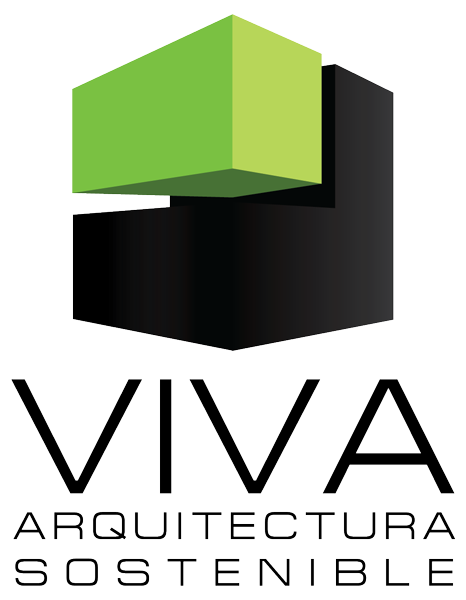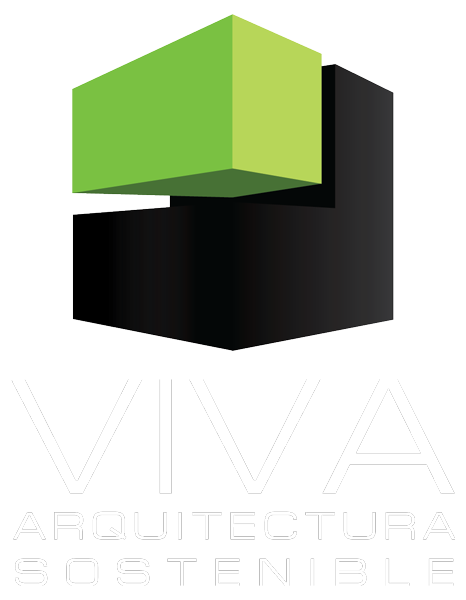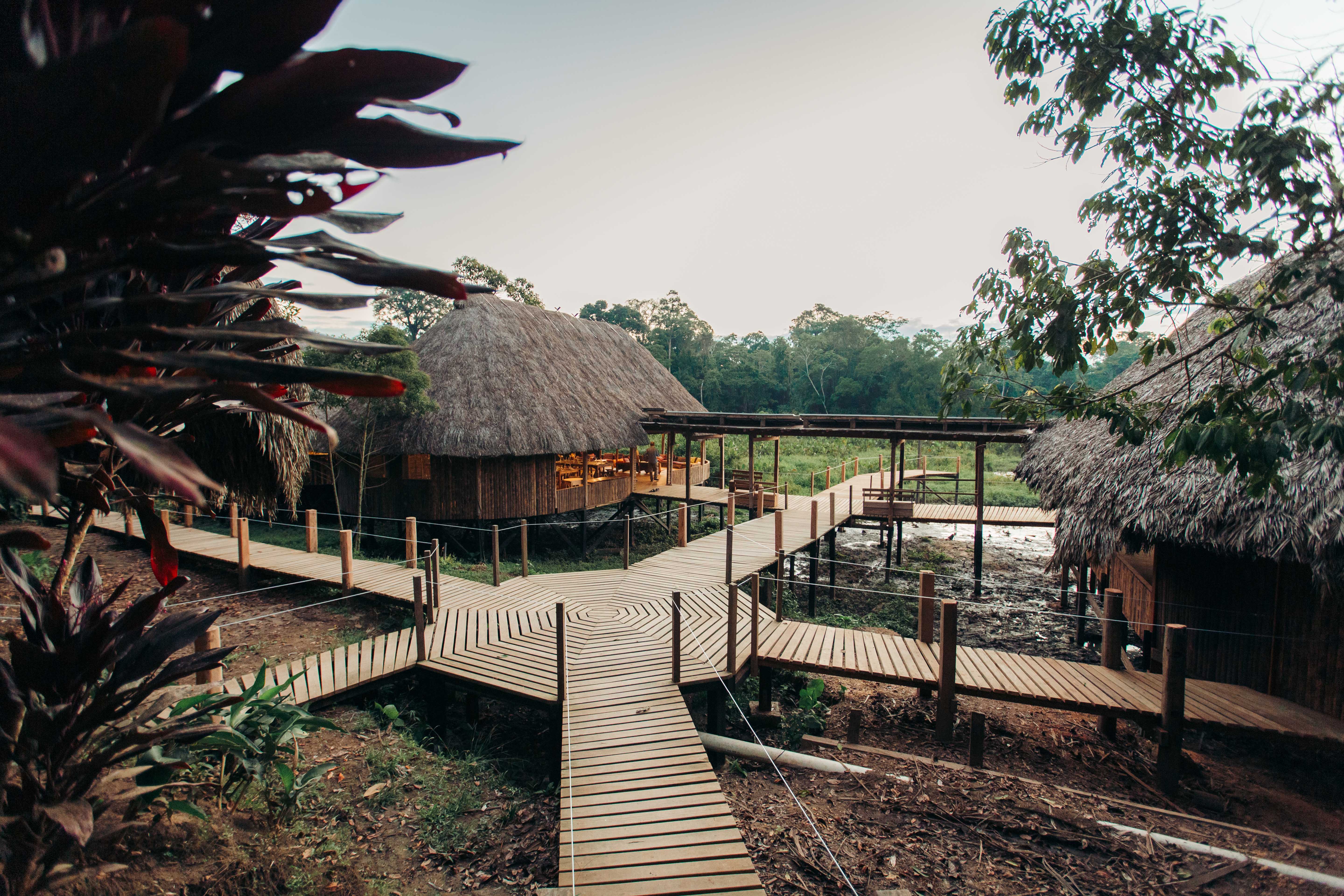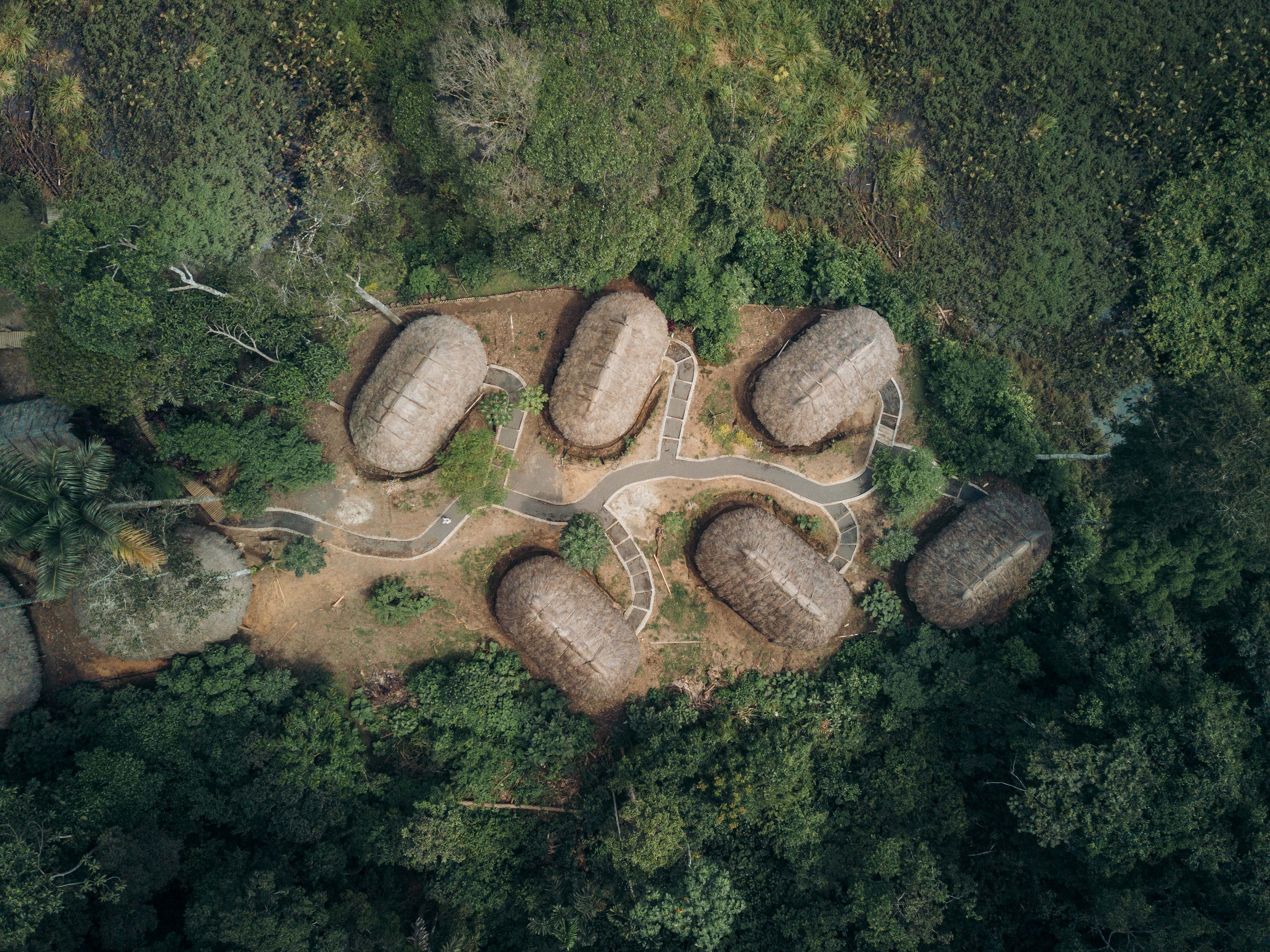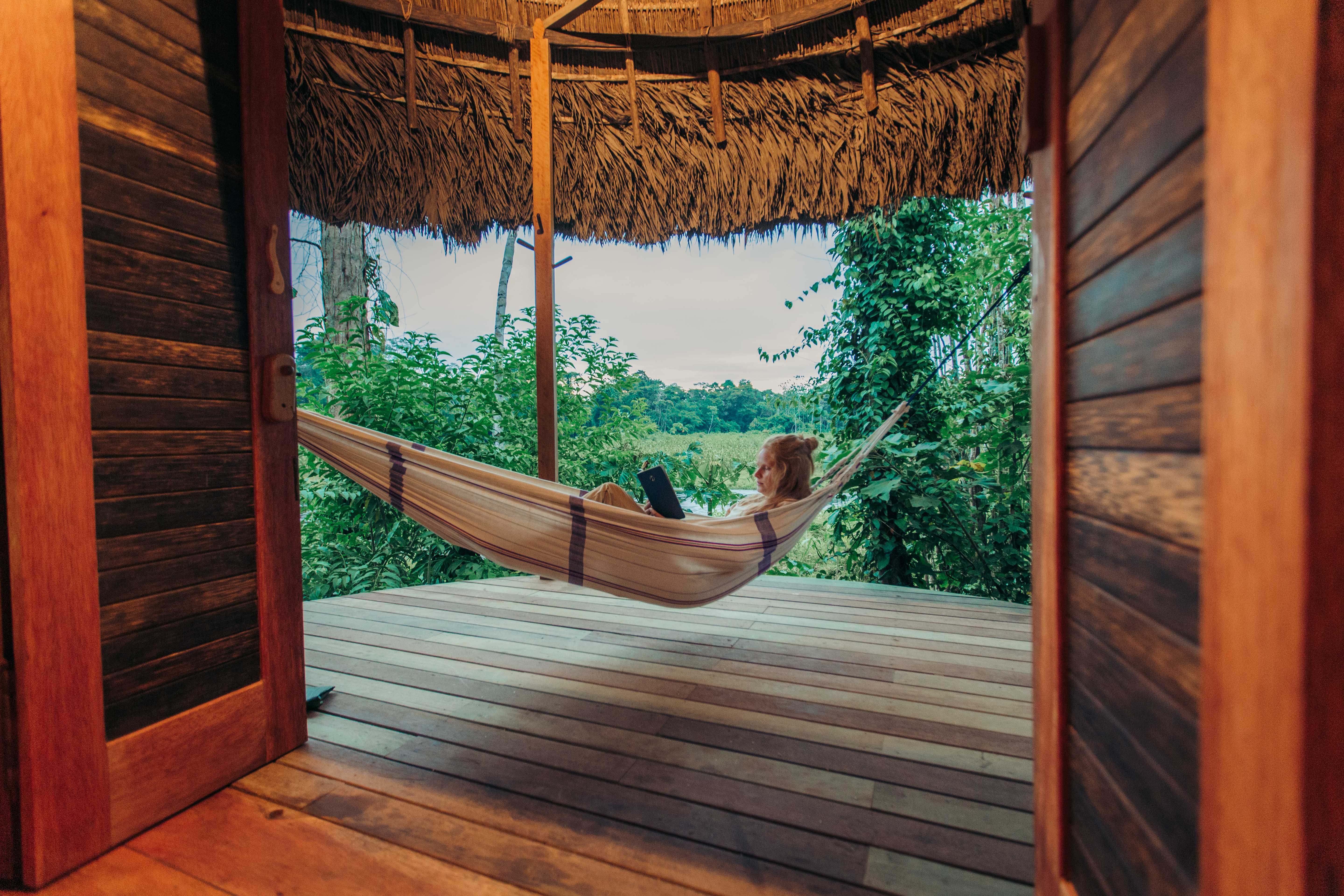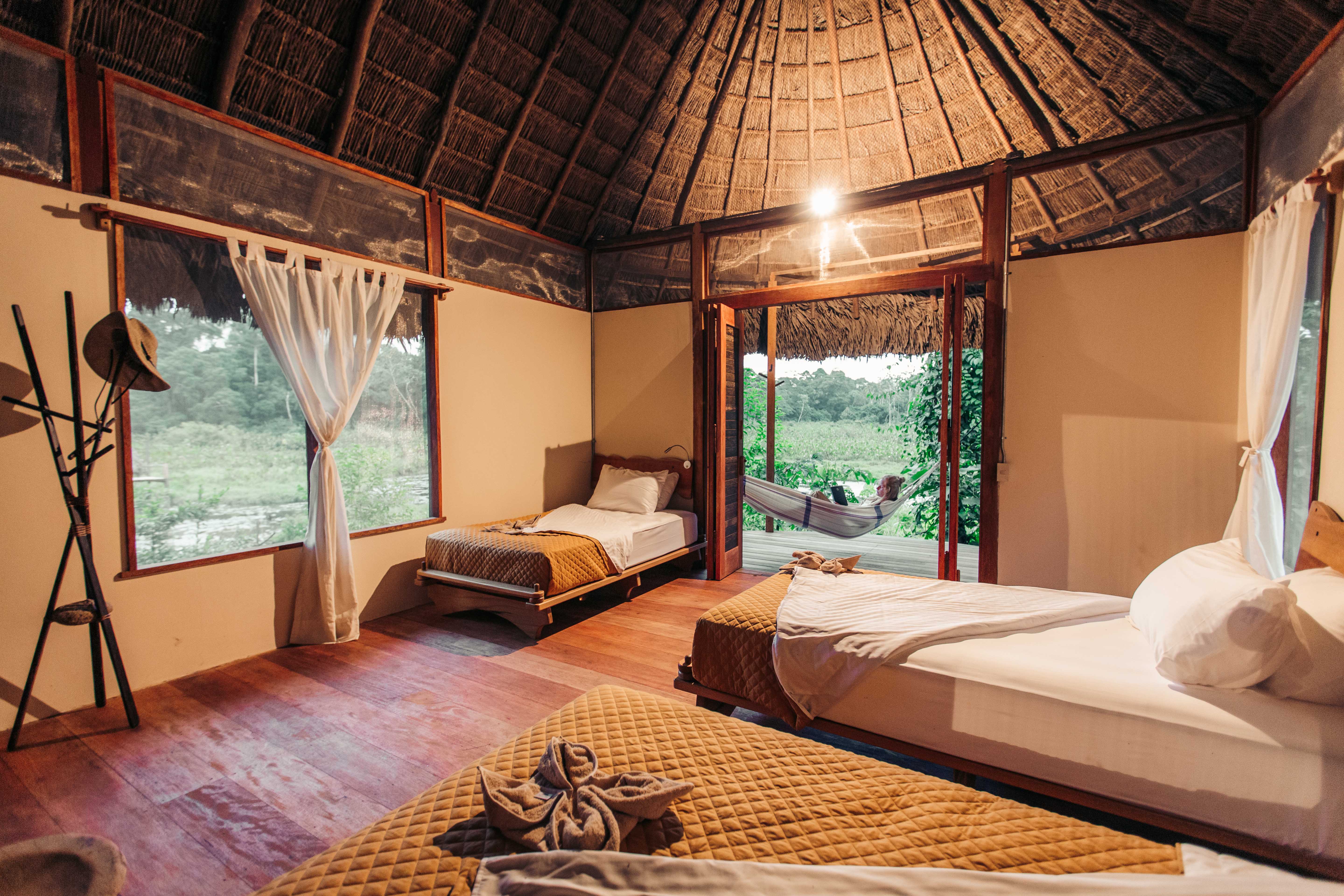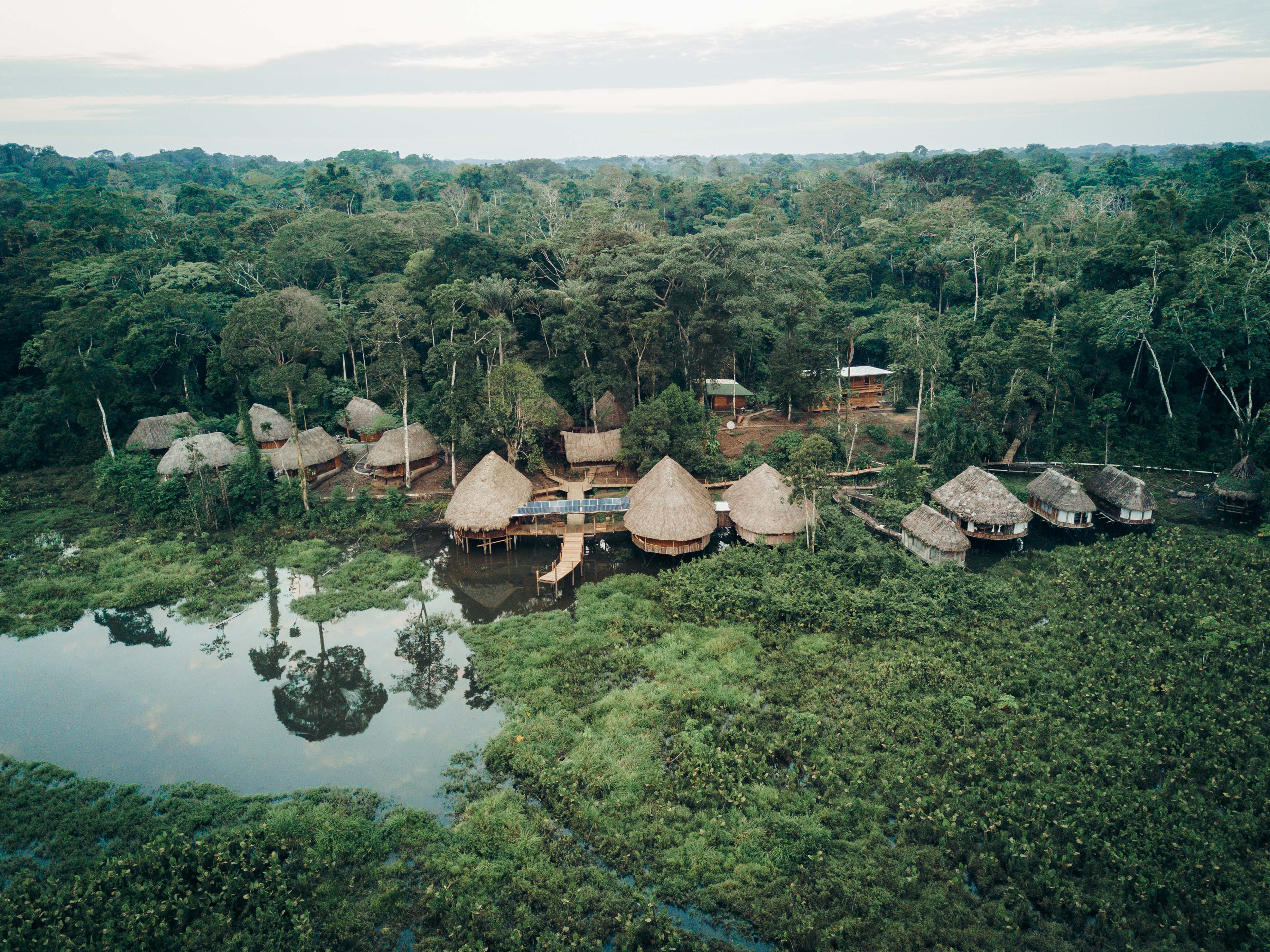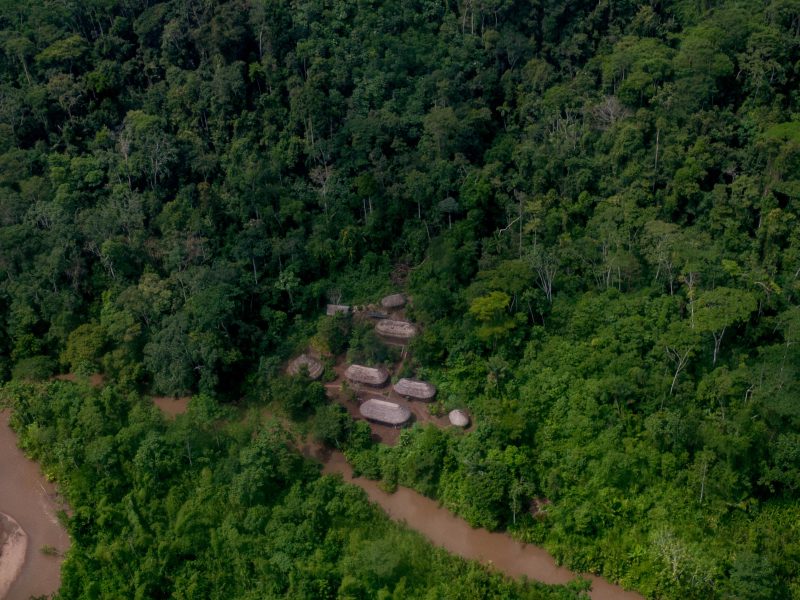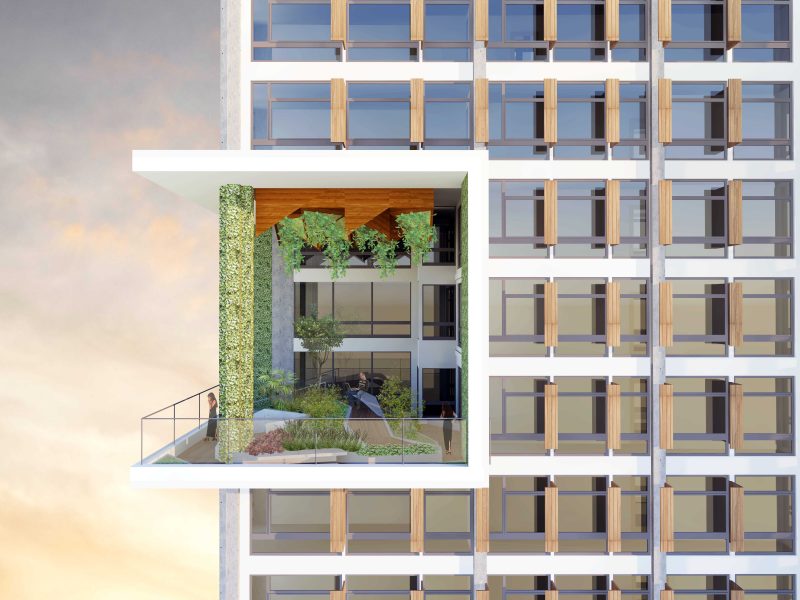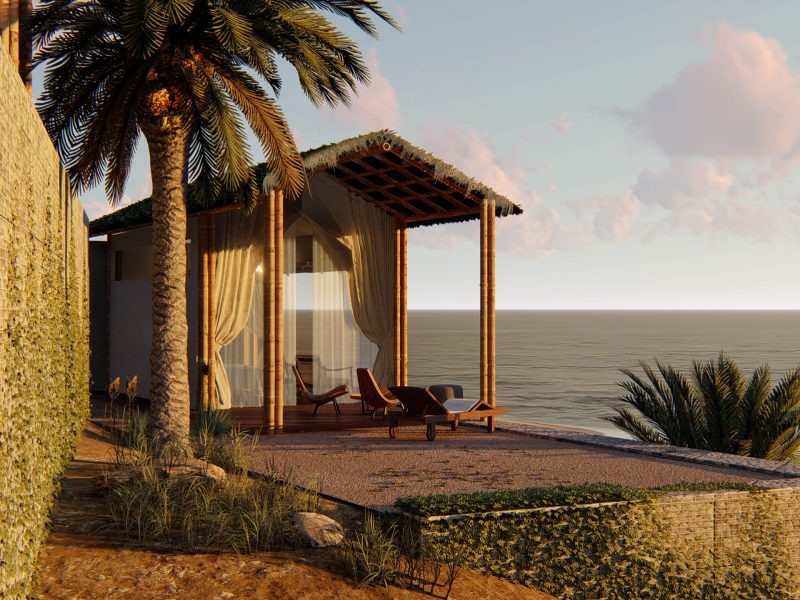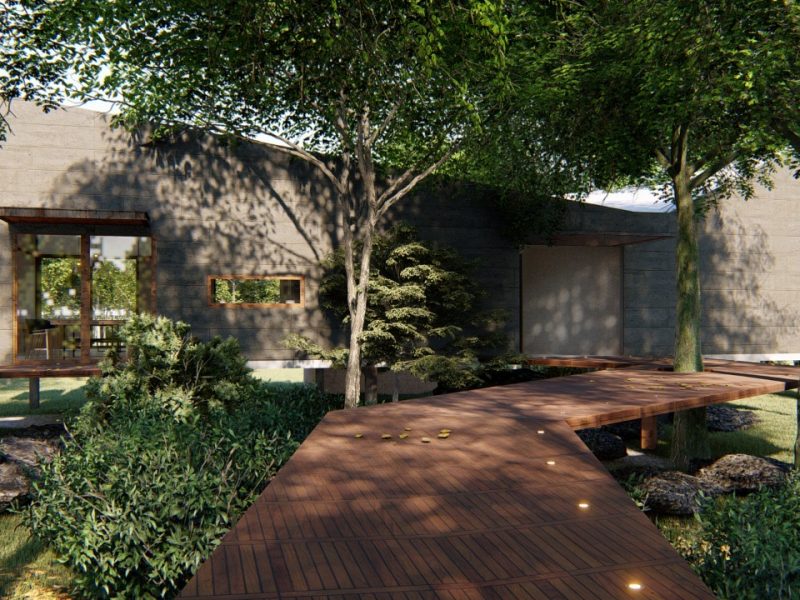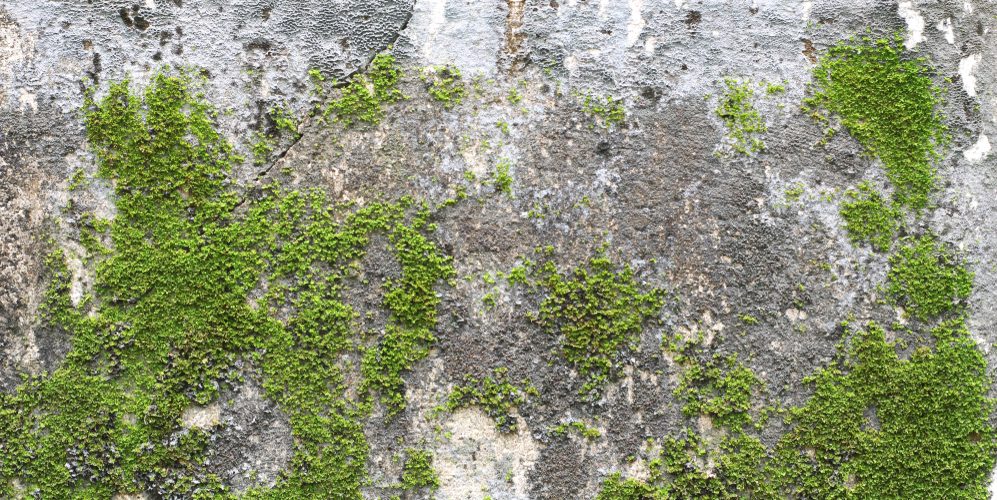
Kapawi Ecolodge
Location
Kapawi, Achuar Community, Ecuadorian Amazon
Date
octubre 11, 2019
Category
Diseño ambientalKapawi Ecolodge is an award-winning community ecotourism enterprise in the Amazon Rainforest of Ecuador that offers conscious and responsible travelers the opportunity to engage in unique and authentic cultural experiences in an unspoiled natural setting, while directly supporting the sustainable development of the Achuar indigenous nation. Kapawi Ecolodge is located in southeastern Ecuador, in a region of lowland Amazon Rainforest characterized by meandering rivers like the Pastaza, Capahuari, and Kusutkau rivers, and primary rainforest, including seasonal flooded forest and dry ground (known as terra firma).
Kapawi Ecolodge was built in 1996 following ecotourism principles, inspired by the “natural history of the area, including its indigenous cultures, whose areas have been adapted for this activity in a spirit of appreciation, participation, and responsibility”. When it opened in 1996, Kapawi Ecolodge set the standards for community ecotourism in Ecuador, promoting practices that protected wildlife, generated local employment and empowered local communities. Kapawi Ecolodge was built respecting Achuar construction styles and using building materials from the forest.
In 2018 the Achuar community saw the need to rebuild and update Kapawi’s infrastructure and VIVA joined the Achuar effort to renovate the lodge with a minimum environmental impact, providing assistance to the community in the re-design and re-construction of private rooms, public spaces and shared infrastructure using reclaimed building materials, and optimizing resources. Energy is generated 100% from solar photovoltaic panels, while local building materials are still used to preserve the Achuar styleas passive structures, with no need for conditioning and optimal thermal comfort. There have been many lessons learned, including the development of community capacities and talentand also initiatives to ensure that local materials, like leaves for the roofs, are farmed in the local communities to reduce the pressure on natural resources from the forest.
